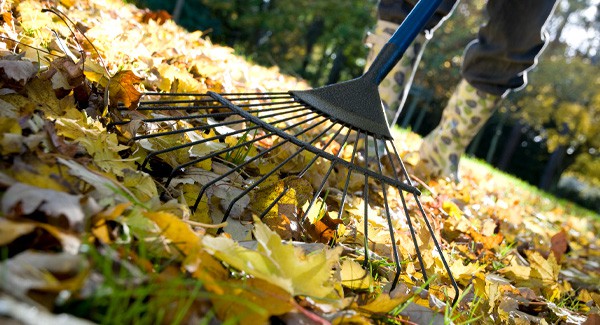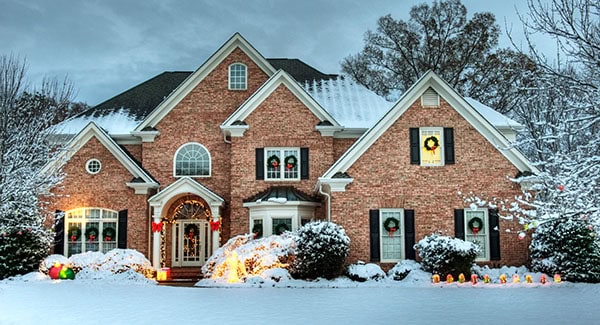
Last Updated on August 21, 2023
While spring is the best gardening time in many parts of the country, fall in the Carolinas is an excellent time to plan and plant for year-round beauty and enjoyment. Here’s everything you need to know about planting grass and flowers this fall.
When is the best time to plant grass in the Carolinas?
If you’re overseeding your lawn with cool-season grasses like fescue or Kentucky bluegrass, your best bet is to plant in the early fall. Ideally, you want your new grass seedlings to be established before the first frost.
As the first day of fall draws near, monitor temperatures. When the temperature is consistently between 65-75 degrees during the day, the soil is warm enough to plant your grass seed.
How can I maintain my lawn if I’m not planting new grass this year?
Your grass will be greener if you fertilize cool-season lawns this fall, then continue to mow as long as the grass keeps growing and you keep mowing.
Prevent fall weeds by applying a pre-emergent herbicide. However, if you’re planning to seed or overseed your lawn this year, save that project for the end of February.
Planting fall florals
Now is the time to embrace fall flowers such as snapdragons, ornamental cabbages, and mums.
Pansies and violas will give you a fall show that carries on until next April, so don’t be shy about bright colors and big quantities. Improve the soil with compost before planting and fertilize monthly for best blooms.
Now is also the time to shop garden centers, where you may find huge markdowns on perennials or summer bloomers that can be planted now for flowers next summer. Planning your garden ahead could save you big bucks.
This time of year, garden stores are also stocked to the rafters with spring-blooming bulbs. You can put them in the ground in the Carolinas right up until the first frost, which often means late November.
If you’re on a tight budget, divide any existing bulbs, or look for, pick up, and replant any bulbs that may have come to the top of the planting bed.
And remember, here in the Carolinas, tulip bulbs usually will not bloom again next spring, so treat them like annuals to save yourself from disappointment. Look for bulbs that deer won’t eat, even in an urban setting.
You can—and should, in the Carolinas—plant trees and shrubs now, in the fall months. Instead of asking a small, struggling sapling to try to survive in the hot summer sun, put any type of tree, from evergreen and deciduous to flowering and ornamental, in the ground between September and November.
This will give them an established and healthy root system for when the weather heats up next July.
Sow seeds this fall for flowers next spring. Poppy, cornflower, and larkspur all do well in our area when planted in the fall for blooms the following spring or summer. Collect and dry any other seeds from faded summer blossoms and store them in a cool, dark place for planting next spring.
Some plants and herbs, such as basil, can’t take temperatures below 40 degrees F, so cut and put stems in a jar of water to use while they last.
If you are the lucky caretaker of some of our majestic Carolina trees, consult your local or state Cooperative Extension on best time to fertilize, clean out dead wood or protect against pests such as the pervasive canker worm.



